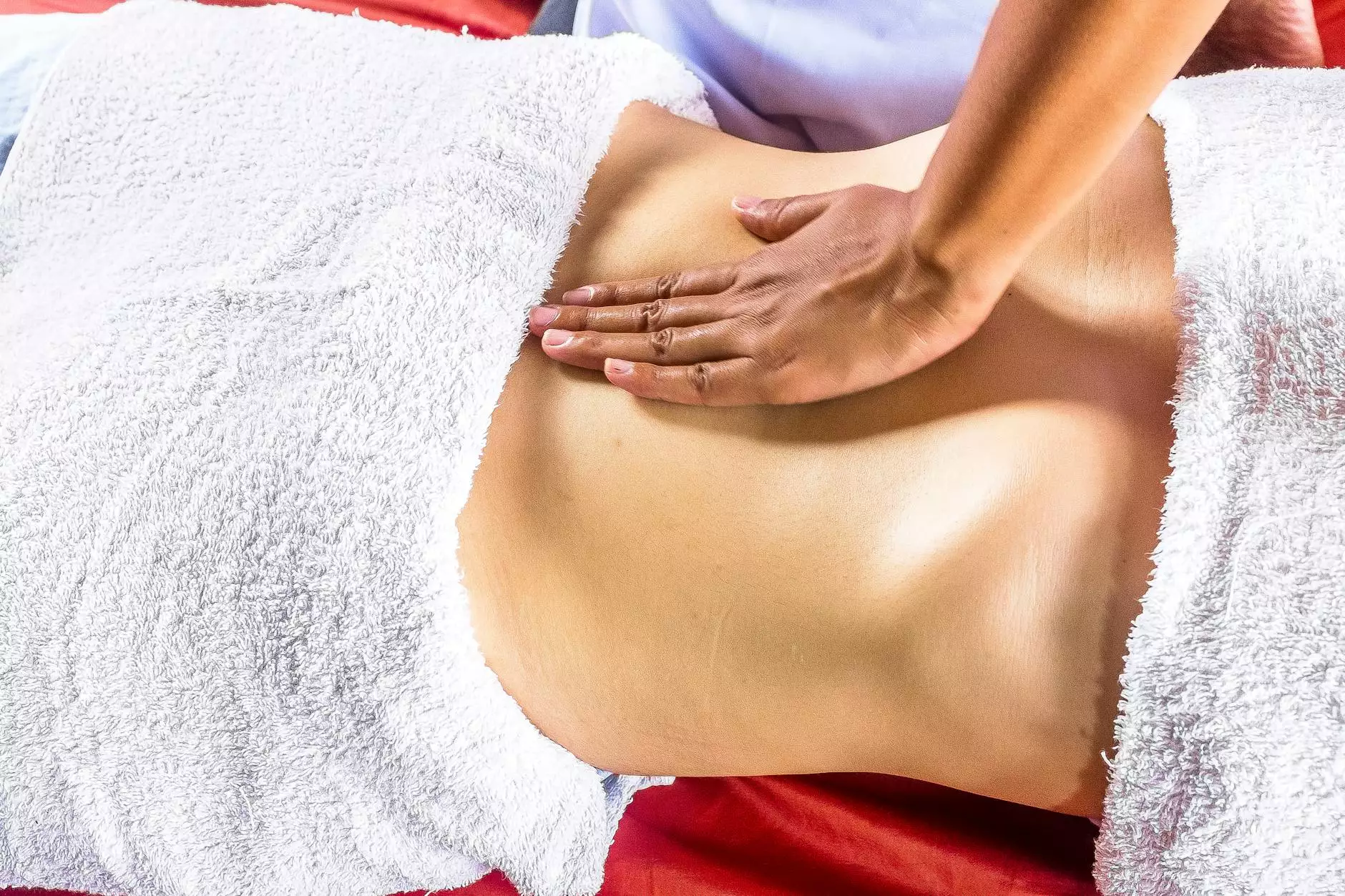Back & Cervical Bulged Disc Symptoms
Blog
Symptoms of Bulging Disc in the Back
A bulging disc in the back can cause a range of symptoms that may vary depending on the severity and affected area. Common symptoms include:
- Localized pain: Individuals with a bulging disc often experience pain in the lower back region. This pain is typically sharp, shooting, and may intensify with certain movements such as bending, twisting, or lifting heavy objects.
- Numbness or tingling: Some individuals may experience numbness or tingling sensations in the buttocks, legs, or feet. This occurs when the bulging disc compresses the nerves in the spinal canal.
- Muscle weakness: Weakness in the legs or feet muscles can also result due to nerve compression. It may lead to difficulty in walking or maintaining balance.
- Radiating pain: In severe cases, the pain caused by a bulging disc in the back can radiate along the pathway of the affected nerve, leading to pain in the buttocks, thighs, and even down to the toes.
Symptoms of Bulging Disc in the Cervical Area
The symptoms of a bulging disc in the cervical area, also known as the neck region, can significantly impact an individual's daily activities and quality of life. Some key symptoms to look out for include:
- Neck pain: The primary symptom is localized pain and stiffness in the neck. This pain can be persistent and worsen with certain movements, such as tilting the head or turning it from side to side.
- Shoulder and arm pain: The pain from a cervical bulging disc often radiates to the shoulders and arms. It may be accompanied by numbness, tingling, or a pins-and-needles sensation.
- Headaches: In some cases, individuals with a bulging disc in the cervical area may experience frequent headaches, especially at the base of the skull or in the temples.
- Weakness and coordination problems: Nerve compression due to a cervical bulging disc can cause muscle weakness, leading to difficulty in gripping objects or performing fine motor tasks.
Diagnosis, Treatment, and Prevention
If you suspect a bulging disc in your back or cervical area, it is crucial to seek medical attention for an accurate diagnosis. A healthcare professional, such as a spine specialist, can perform a physical examination, review your medical history, and may order imaging tests like an MRI or CT scan to confirm the diagnosis.
The treatment for a bulging disc may include a combination of non-surgical interventions and, in severe cases, surgical options. Non-surgical treatments commonly prescribed include:
- Physical therapy: Targeted exercises and stretches can help relieve pain, strengthen the surrounding muscles, and improve flexibility.
- Medications: Over-the-counter pain relievers, muscle relaxants, or prescribed medications may be recommended to manage pain and inflammation.
- Heat or cold therapy: Applying heat or cold packs to the affected area can provide temporary pain relief and reduce inflammation.
- Injections: Corticosteroid injections into the affected area can help reduce pain and inflammation for a certain duration.
In cases where non-surgical treatments do not alleviate symptoms or if the bulging disc is causing significant neurological deficits, surgery may be considered. Surgical procedures aim to remove or repair the damaged disc and relieve pressure on the nerves.
Prevention plays a crucial role in avoiding bulging discs. Some preventive measures to consider include:
- Maintaining good posture: Practice proper posture during daily activities, such as sitting, standing, and lifting heavy objects, to reduce strain on the spine.
- Regular exercise: Engaging in exercises that strengthen the back and core muscles can help support the spine and minimize the risk of disc damage.
- Using proper lifting techniques: When lifting heavy objects, remember to lift with your legs, not your back, and avoid twisting motions.
- Having ergonomically-friendly workspaces: Ensure that your workstation is ergonomically designed to promote good posture and reduce strain on your spine.
- Avoiding repetitive activities: Limit repetitive movements or activities that stress the spine, especially for prolonged periods.
At Regency Square Care Center, we prioritize providing comprehensive geriatric and aging care. Our experienced medical professionals specialize in diagnosing and managing various orthopedic conditions, including bulging discs. We understand the impact of such conditions on your well-being and offer personalized treatment plans to help alleviate symptoms and improve your quality of life.
Remember, it is essential to consult a healthcare professional for an accurate diagnosis and tailored treatment plan. If you have any concerns regarding back or cervical bulging disc symptoms, please don't hesitate to reach out to our caring team at Regency Square Care Center.









